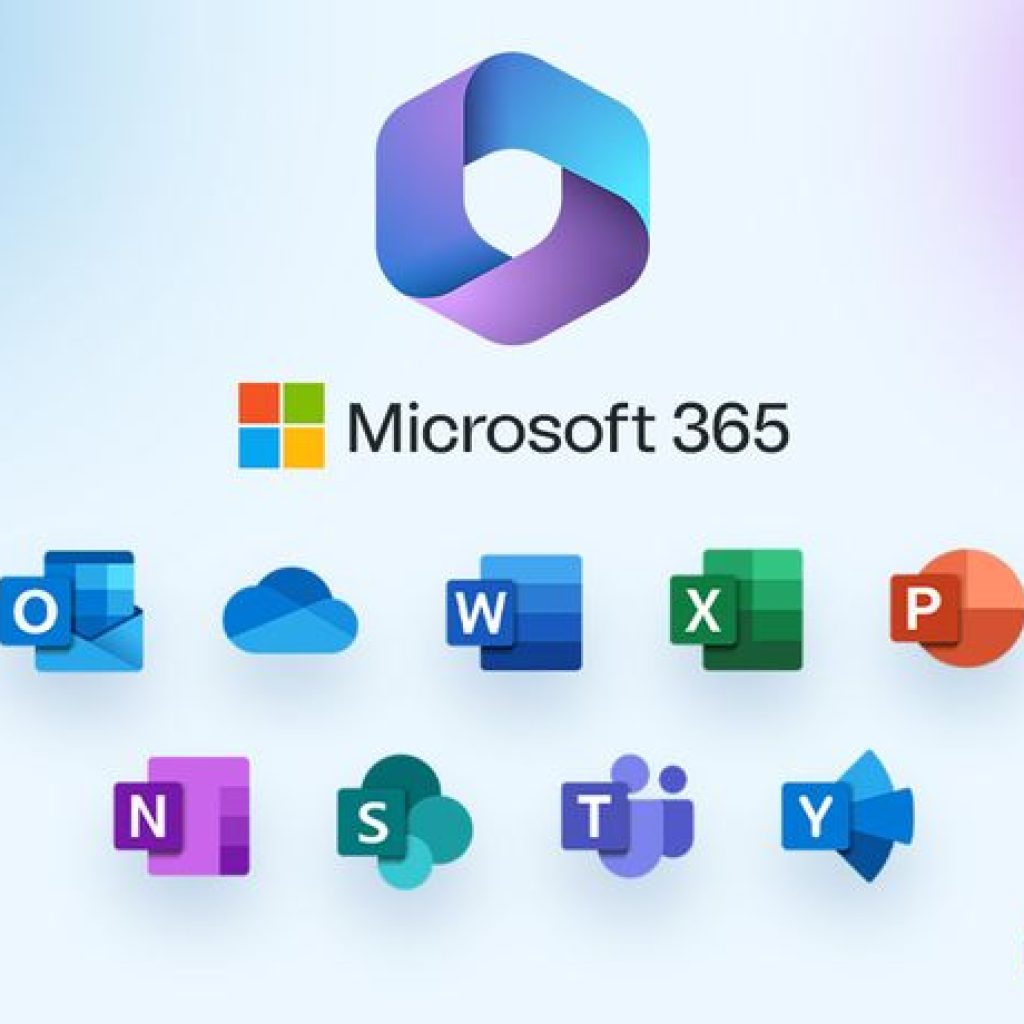
TBSC’s ongoing analysis of Microsoft 365 environments across a sample of 100 customer organizations has revealed a concerning trend: the average Secure Score is just 49%, with only 7% of organizations meeting the recommended benchmark of 75%. This highlights a widespread gap in Microsoft 365 security that puts organizations at unnecessary risk.
Why This Matters:
- Constantly Evolving Threats
Cybersecurity threats change rapidly. Without regular monitoring and updates, organizations remain exposed to vulnerabilities that attackers actively exploit.
- Increased Risk of Breaches
A low Secure Score often reflects weak security configurations—such as lack of MFA or outdated access controls—which can be exploited to gain unauthorized access to sensitive data.
- Regulatory Non-Compliance
Falling short of secure configuration standards can result in non-compliance with industry regulations (e.g., GDPR, HIPAA), exposing businesses to legal and financial penalties.
- Missed Insights and Alerts
Many organizations are unaware of Microsoft 365 features like threat detection and security alerts. Without proper configuration and monitoring, real-time warnings about suspicious activity are missed.
- False Sense of Security
Simply having Microsoft 365 doesn’t guarantee security. Secure Score provides a quantifiable measure of your protection level, helping you move from a reactive to a proactive security stance.
How TBSC Can Help — In Just 10 Minutes
TBSC offers a Microsoft 365 Health-Check that takes just 10 minutes to set up. It provides a clear, actionable overview of:
- Your current Secure Score and how it compares to industry benchmarks
- Key areas for improvement across identity, data, device, and threat protection
- Real-time threat alerts and how to ensure they’re working effectively
- Concrete steps to enhance security posture quickly and efficiently

Take Action
With just 10 minutes, TBSC helps your organization understand:
- Where your security gaps are
- Why those gaps matter
- What you can do right now to improve and protect your Microsoft 365 environment